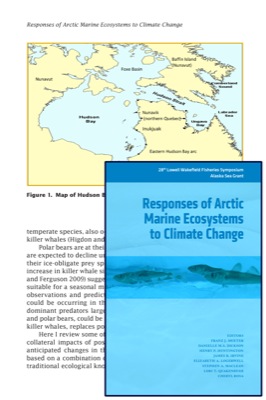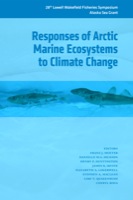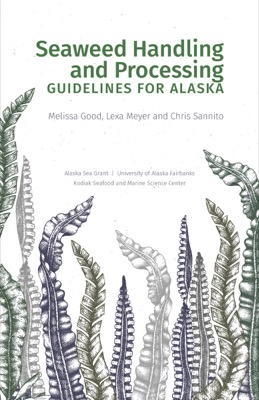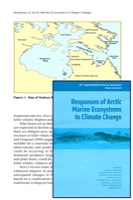
Effects of Climate Warming on Arctic Marine Mammals in Hudson Bay: Living on the Edge?
Michael O. Hammill
- Price: Free
 This is part of Responses of Arctic Marine Ecosystems to Climate Change
This is part of Responses of Arctic Marine Ecosystems to Climate Change| Format | Price | |
|---|---|---|
| PDF download [3.5 MB] Bypass cart and download |
Free | Add to Cart |
Description
Abstract: Climate warming is well under way in the Arctic. For some arctic marine mammals, the effects of changes in the ice regime have been documented, particularly at the edge of their range. Although the longer ice-free season in Hudson Bay has had a negative impact on polar bears (Ursus maritimus), it may favor northward range extensions of temperate species such as harbor seals (Phoca vitulina) and allow beluga whales (Delphinapterus leucas) greater summer feeding opportunities. An expanded harbor seal population may benefit polar bears if they become numerous enough to replace the ringed seal as their primary prey. Recent studies, however, suggest that water depth may be more important than less ice in promoting harbor seal expansion. Discussions of ecosystem shifts often focus on lower trophic levels, possibly because in many temperate ecosystems large mammal populations are depleted. In the Arctic, however, large mammals still act as major ecosystem and cultural components and serve as indicator species. Killer whales (Orcinus orca) are being reported more often by Inuit hunters. An increase in killer whale observations could indicate a possible shift in ecosystem structure, from a system dominated by an ice-based predator, the polar bear, to a system dominated by a pelagic-based predator, the killer whale. This shift will affect arctic people and marine mammals and it will add new challenges to marine mammal management.
Item details
- Item number: AK-SG-13-03b
- Year: 2013
- Pages: 11
- DOI: https://doi.org/10.4027/ramecc.2013.02




